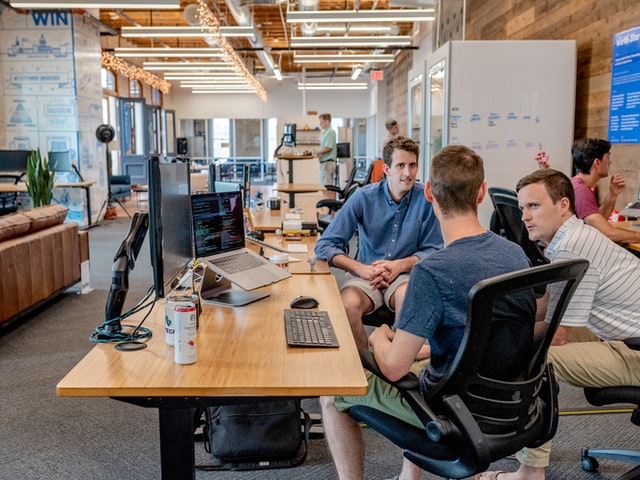A workforce that is generating new ideas and innovating on a regular basis isn’t just the dream of every company; in a world of digital transformation, it is becoming a necessity. The application of startup methods within a corporate environment is something I call “ïntrapreneurship”.
Building an intrapreneurial culture might be one of the toughest managerial challenges, but it is an essential part of dealing with change. Intrapreneurship facilitates multichannel interactions and leads to an organic diffusion of innovative ideas within a company. Companies that transform towards an agile and intrapreneurial culture are more likely to develop radical innovations in-house.
Here are some things to keep in mind:
Dedicate people to the task. Promoting employees from their role as project manager to intrapreneur, possibly with some sort of stake in the initiative, can spur their dedication and passion for the job.
Design appropriate reward and incentive structures. This is important to keep people working in-house.
Create a pipeline. Develop a mechanism to spin radical, innovative projects back into the company from the innovation lab. Often, a successful new initiative fails when it comes back inside the business because it is placed into the structures of the past.
Understand the role of the intrapreneur. While an entrepreneur develops a business from start to finish, an intrapreneur (sometimes referred to as a diplomatic rebel) has a focused role in an established company, working to solve an issue within the business.
Typically, an intrapreneur has more directly applicable skills to perform certain tasks than an entrepreneur, and is exposed to more risks in the context of their job.
When building an intrapreneurial ecosystem, keep in mind:
Each ecosystem is unique: Don’t try to replicate other organizations’ innovation eco systems.
Put your USP first: What are your organization’s core competencies and goals for innovation? What type of innovation are you looking for?
Holistic implementation is vital: It is not enough simply to establish an innovation lab somewhere. You need to think through all the core dimensions from scratch and, most importantly, see how they align with the overall vision and strategy of your innovation activities.
Adopt a multi-stakeholder approach: Involve all necessary stakeholders, both inside and outside the organization.
Establish a “chief ecosystem officer”: Their mandate will be to orchestrate the innovation ecosystem players within and outside the organization. This person or entity should report directly to the top management team.
Bureaucracy blocks innovation: You should facilitate, not regulate.





